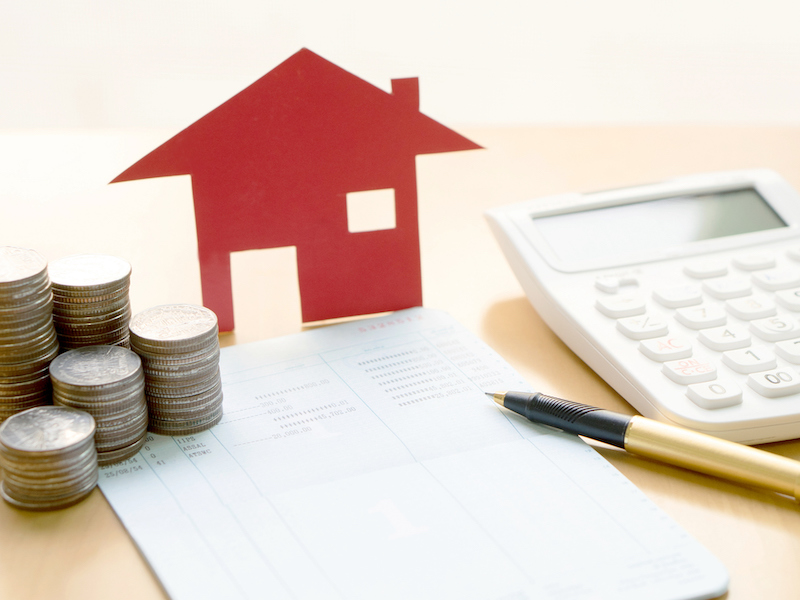
Mortgage default risk is on the rise alongside a surge in negative amortization mortgages, says DBRS Morningstar in a new report.
Higher interest rates coupled with the popularity of variable-rate, fixed-payment mortgages has driven an increase in negative amortization mortgages — when a borrowers’ principal grows as their fixed payment no longer fully covers their rising interest obligation.
“Over the past 18 months, there has been a rapid and unprecedented rise in the proportion of negatively amortizing mortgages in Canada,” DBRS said.
Alongside the growth in negative amortization mortgages, there’s also a growing risk of “negative equity” mortgages — when loan-to-value ratios exceed 100% — and rising default risk.
In the face of these challenges, the Office of the Superintendent of Financial Institutions (OSFI) increased capital requirements for mortgage insurers.
“Data on negative equity mortgages are not publicly available, but such mortgages exist and will lead to higher capital requirements,” DBRS said.
That said, the report indicated that DBRS expects the impact on mortgage insurers’ capital ratios to be modest, and that they will be able to weather the weakness in the housing market too.
“Our expectation is that underwriting profitability will weaken somewhat but be manageable from a credit quality perspective given mortgage insurers’ strong capital buffers and conservative credit underwriting criteria,” it said.
However, this outlook is contingent on the resilience of the Canadian labour market, it said, as “the unemployment rate is closely correlated to mortgage delinquency rates.”